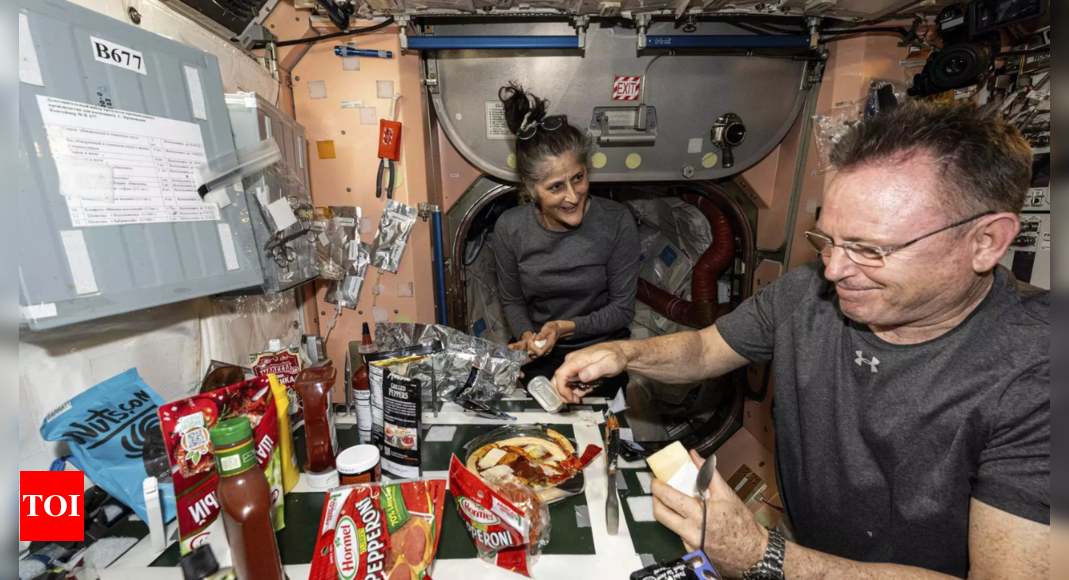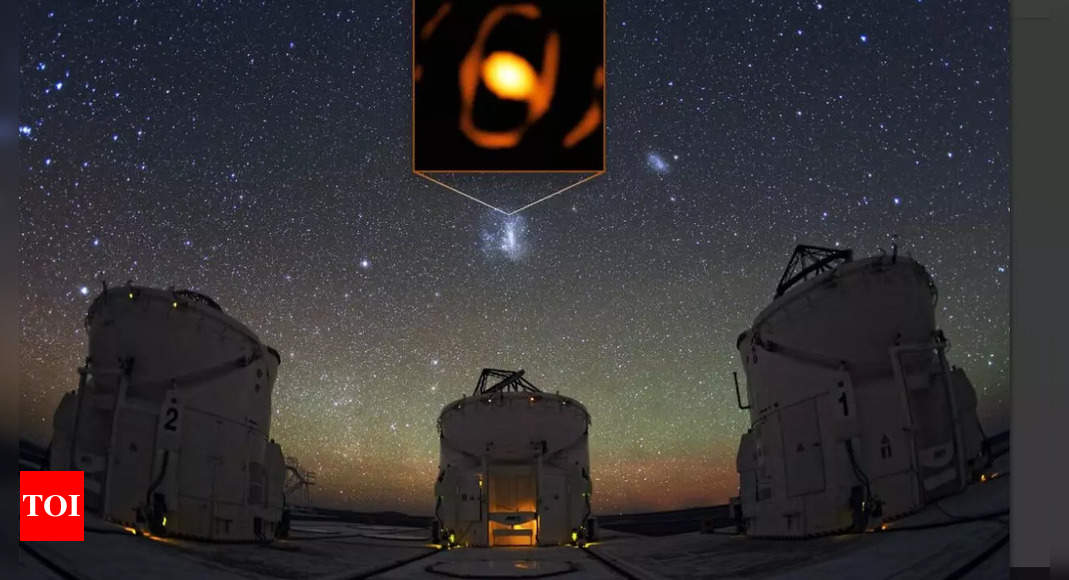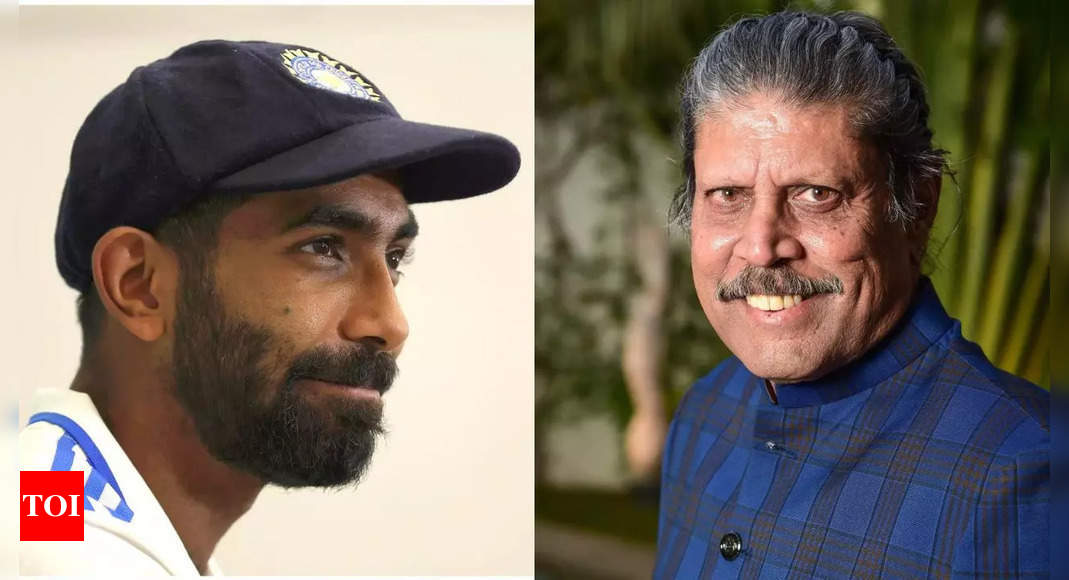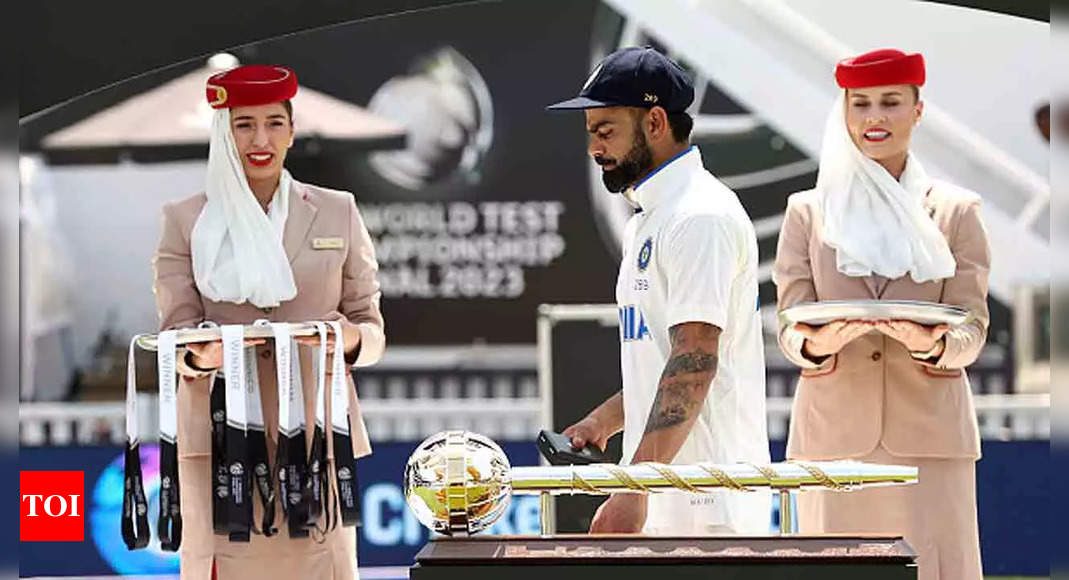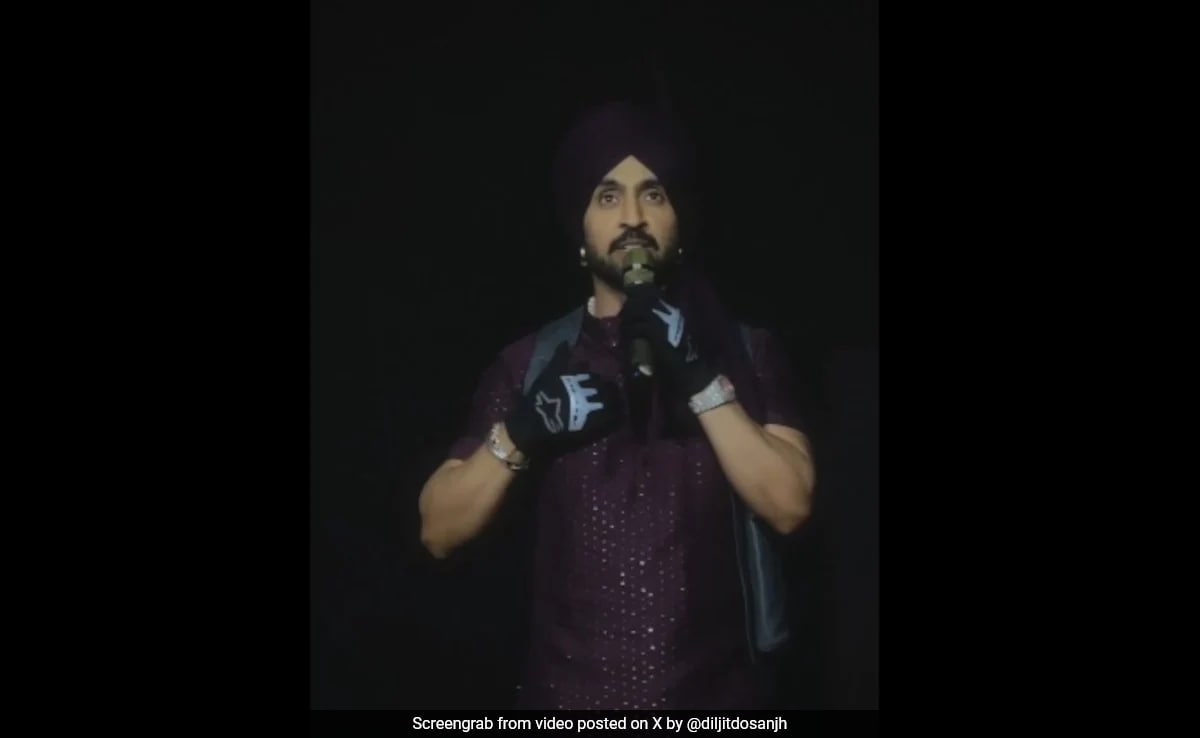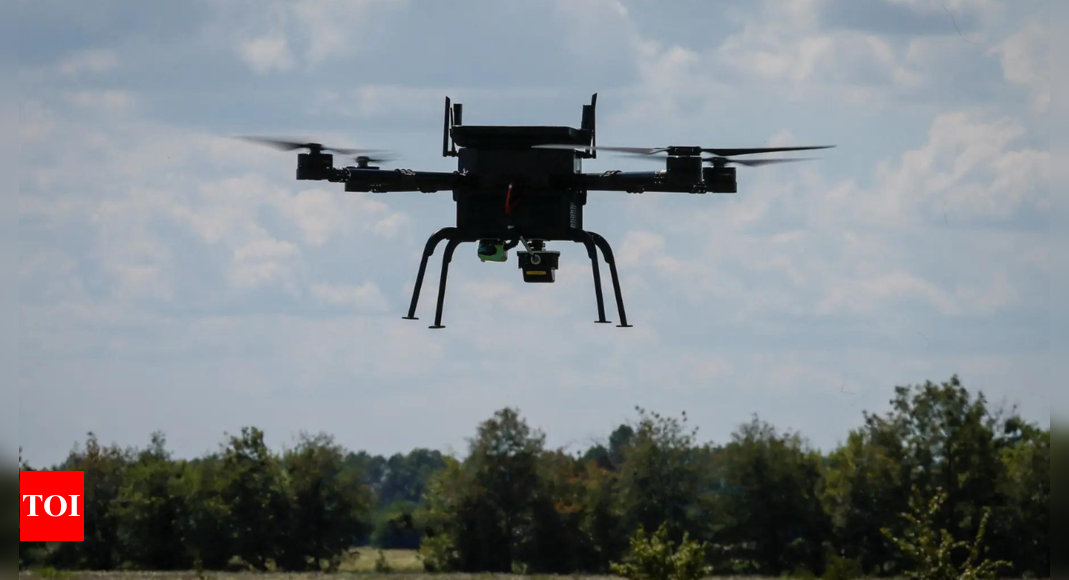
DELFT: Dutch scientists have unveiled the country’s first laboratory to research how autonomous miniature drones can mimic insects to accomplish tasks ranging from finding gas leaks in factories to search-and-rescue missions.
Called the Swarming Lab, researchers at the Delft University of Technology (TU Delft) say they aim to put a “self-flying” swarm of 100 tiny drones in the air, able to perform around-the-clock tasks.
This included the drones landing by themselves on recharging pods and taking off again to continue flying, without humans ever having to get involved.
“We are working not only to get these robots to be aware of one another but also work together to complete complex tasks,” said Guido de Croon, a director at TU Delft’s Swarming Lab.
Tasks include the tiny drones, with the same weight as a golf ball or an egg, “sniffing out” a gas leak in a factory.
A swarm of autonomous drones, fitted with sensors to detect the gas, will be able to fly autonomously around the factory until one drone detects traces of the gas.
It will then follow the “scent” of the gas while “calling” the other drones to help in the search using onboard sensors.
“In the same way, drone swarms can also be used to detect forest fires or continuously help in search and rescue operations over large areas,” De Croon said.
Look at nature
The scientists use studies on bee and ant swarms or how flocks of birds behave to try and programme their drone swarms to do the same.
“Drone swarm technology is the idea that when we look at nature and you see many of these animals like ants, that individually are perhaps not so smart, but together they do… things that they could definitely not do by themselves,” De Croon said.
“We want to instil the same capabilities also in robots,” De Croon said.
Doing this, the scientists look at how birds or insects swarm “using very simple behaviours”.
For instance, birds “look at their closest neighbours in the flock and they do things like ‘oh, I don’t want to be too close’ because they don’t want to collide,” De Croon said.
But “I also don’t want to be the only one to be away from the flock.
“They align with each other. And by following such simple rules you get these beautiful patterns that are very useful for the birds, also against predators,” he told AFP.
“So at that level, we draw inspiration and we try to make such simple rules also for robots but then for the applications we want to tackle.”
Complex systems
But the scientists admit there are some challenges.
“Swarms are complex systems,” De Croon said at a demonstration of the technology at the Swarming Lab, situated inside TU Delft’s Science Centre.
“A single robot can do simple things within a swarm.”
“It is actually quite difficult to predict, however, with these simple rules how a whole swarm will behave,” De Croon said.
The small size of the robots also hampers the amount of technology like sensors and on-board computing capacity the tiny drones can carry.
Currently, the drones at the Swarming Lab still rely on an externally mounted camera to relay information to the buzzing beasts on their positions within the swarm.
However, researchers have already developed the technology for robots to sense each other without external help.
And they would not be the first; scientists from Zhejiang University in China in 2022 successfully flew 10 autonomous drones through a thick bamboo forest.
Currently, the Swarming Lab, working together with a start-up company of former TU Delft students called Emergent, has some 40 small drones involved in its research.
“The aim is eventually to put a swarm of around 100 drones in the air in the next five years,” said Lennart Bult, co-founder at Emergent.
Ultimately “it would be really great if we actually get a bit closer to the astonishing intelligence of tiny creatures like honeybees,” said De Croon.
Called the Swarming Lab, researchers at the Delft University of Technology (TU Delft) say they aim to put a “self-flying” swarm of 100 tiny drones in the air, able to perform around-the-clock tasks.
This included the drones landing by themselves on recharging pods and taking off again to continue flying, without humans ever having to get involved.
“We are working not only to get these robots to be aware of one another but also work together to complete complex tasks,” said Guido de Croon, a director at TU Delft’s Swarming Lab.
Tasks include the tiny drones, with the same weight as a golf ball or an egg, “sniffing out” a gas leak in a factory.
A swarm of autonomous drones, fitted with sensors to detect the gas, will be able to fly autonomously around the factory until one drone detects traces of the gas.
It will then follow the “scent” of the gas while “calling” the other drones to help in the search using onboard sensors.
“In the same way, drone swarms can also be used to detect forest fires or continuously help in search and rescue operations over large areas,” De Croon said.
Look at nature
The scientists use studies on bee and ant swarms or how flocks of birds behave to try and programme their drone swarms to do the same.
“Drone swarm technology is the idea that when we look at nature and you see many of these animals like ants, that individually are perhaps not so smart, but together they do… things that they could definitely not do by themselves,” De Croon said.
“We want to instil the same capabilities also in robots,” De Croon said.
Doing this, the scientists look at how birds or insects swarm “using very simple behaviours”.
For instance, birds “look at their closest neighbours in the flock and they do things like ‘oh, I don’t want to be too close’ because they don’t want to collide,” De Croon said.
But “I also don’t want to be the only one to be away from the flock.
“They align with each other. And by following such simple rules you get these beautiful patterns that are very useful for the birds, also against predators,” he told AFP.
“So at that level, we draw inspiration and we try to make such simple rules also for robots but then for the applications we want to tackle.”
Complex systems
But the scientists admit there are some challenges.
“Swarms are complex systems,” De Croon said at a demonstration of the technology at the Swarming Lab, situated inside TU Delft’s Science Centre.
“A single robot can do simple things within a swarm.”
“It is actually quite difficult to predict, however, with these simple rules how a whole swarm will behave,” De Croon said.
The small size of the robots also hampers the amount of technology like sensors and on-board computing capacity the tiny drones can carry.
Currently, the drones at the Swarming Lab still rely on an externally mounted camera to relay information to the buzzing beasts on their positions within the swarm.
However, researchers have already developed the technology for robots to sense each other without external help.
And they would not be the first; scientists from Zhejiang University in China in 2022 successfully flew 10 autonomous drones through a thick bamboo forest.
Currently, the Swarming Lab, working together with a start-up company of former TU Delft students called Emergent, has some 40 small drones involved in its research.
“The aim is eventually to put a swarm of around 100 drones in the air in the next five years,” said Lennart Bult, co-founder at Emergent.
Ultimately “it would be really great if we actually get a bit closer to the astonishing intelligence of tiny creatures like honeybees,” said De Croon.


